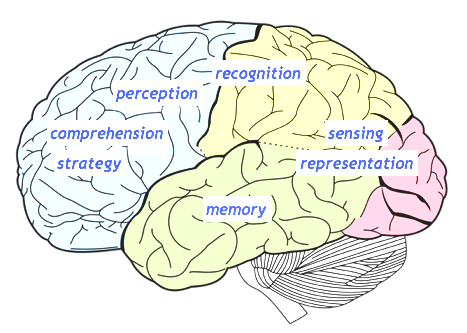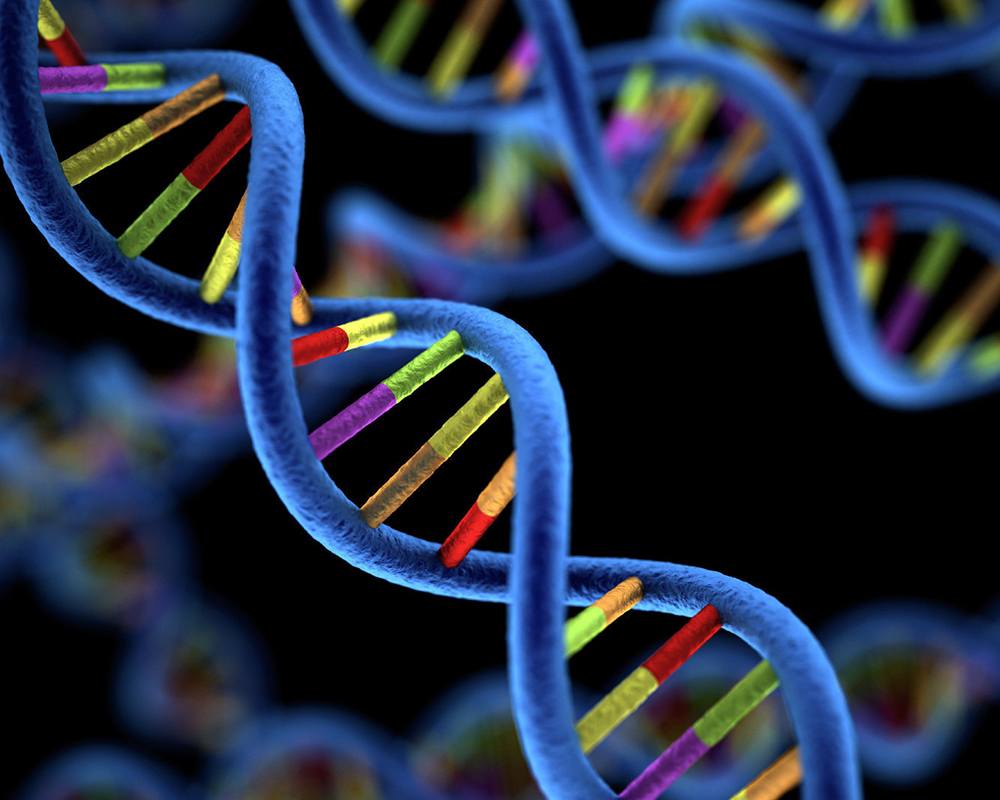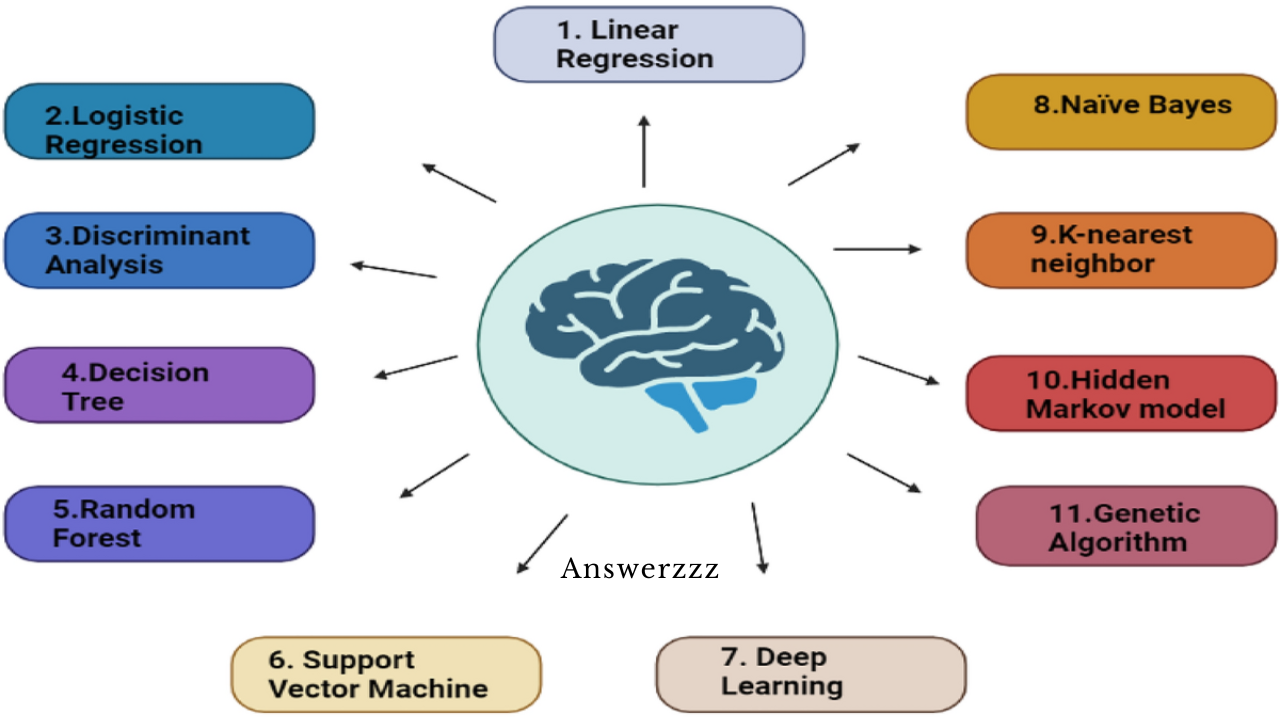Machine learning (ML) has emerged as a powerful tool in many fields, and in genomics, it is transforming how we understand the complexities of genetic information. This intersection of machine learning and genomics is empowering researchers to make groundbreaking discoveries, allowing for more personalized approaches to medicine, and ultimately advancing healthcare to a new era of precision. In this article, we’ll explore how machine learning is revolutionizing genomics, its applications, the challenges it faces, and its future potential.
Understanding Genomics and Machine Learning

Genomics is the study of genomes, which are the complete set of DNA within an organism. It focuses on mapping, sequencing, and analyzing genes and their functions. As genomes contain vast amounts of data, analyzing this information manually is nearly impossible. Here’s where machine learning comes in, providing tools and algorithms to process, analyze, and interpret genetic data at unprecedented speeds and scales.
Machine learning, a branch of artificial intelligence (AI), uses algorithms that allow computers to learn from data and make predictions or decisions without being explicitly programmed. In genomics, machine learning models can be trained to detect patterns, predict genetic diseases, identify mutations, and even determine drug responses based on an individual’s genetic makeup.
Why Machine Learning Is Essential in Genomics
- Handling Large-Scale Data: Genomics produces an overwhelming amount of data, especially with technologies like next-generation sequencing (NGS). Machine learning algorithms can process this data quickly, allowing researchers to draw meaningful insights.
- Accelerating Drug Discovery: By analyzing genetic data, machine learning can identify potential drug targets, helping researchers develop effective treatments faster. This could cut down the years it typically takes to bring a drug to market.
- Improving Diagnostic Accuracy: Machine learning models can accurately predict disease risks based on genetic information, leading to earlier diagnoses and targeted treatments, and improving patient outcomes.
- Advancing Personalized Medicine: Machine learning enables a deeper understanding of how genetic variations influence responses to treatments, helping doctors tailor therapies to the unique genetic makeup of each patient.
Key Applications of Machine Learning in Genomics
1. Predicting Genetic Diseases and Disorders
One of the most impactful applications of machine learning in genomics is predicting the risk of genetic diseases. Using data from genome-wide association studies (GWAS), ML algorithms can identify genetic markers linked to diseases like cancer, diabetes, and cardiovascular disorders.
For instance, machine learning models are used to analyze variants in BRCA genes associated with breast cancer. By learning from genetic data from thousands of patients, ML models can provide risk scores, allowing healthcare professionals to assess a patient’s likelihood of developing certain diseases and recommend preventive measures.
2. Genomic Sequence Analysis and Annotation
Genomic sequence analysis involves identifying specific gene sequences and understanding their functions. Machine learning models assist in interpreting these sequences by detecting patterns and predicting functional elements such as coding regions and regulatory elements within the genome.
For example, convolutional neural networks (CNNs), commonly used in image processing, have been adapted to identify DNA sequences that correlate with specific biological functions. This technique helps researchers annotate genomes more accurately and understand gene regulation processes.
3. Identifying Genetic Mutations
Mutations in genes can lead to various diseases. Machine learning models can analyze genetic data to detect rare mutations that traditional methods may overlook. These models are instrumental in diagnosing rare genetic disorders, which are challenging due to the limited data available.
With advancements in ML, researchers can now use algorithms to identify previously undetectable mutations. This has a significant impact on the early diagnosis and treatment of rare diseases, where early intervention can improve patient outcomes.
4. Drug Discovery and Development
Machine learning is playing a critical role in identifying potential drug targets by analyzing genetic and molecular data. For instance, ML algorithms can predict how certain genetic profiles will respond to specific drug compounds, allowing for the development of targeted therapies.
This approach not only speeds up the drug discovery process but also enhances drug efficacy. By focusing on genetic targets that show promising responses, pharmaceutical companies can develop drugs that are more effective and have fewer side effects.
5. Single-cell RNA Sequencing (scRNA-seq)
Single-cell RNA sequencing enables researchers to study the gene expression of individual cells, which is invaluable for understanding complex diseases like cancer. Machine learning algorithms are used to analyze the massive datasets generated by scRNA-seq, allowing researchers to identify cell types, predict cell states, and understand the cellular responses to various conditions.
This application of machine learning in genomics helps scientists explore the heterogeneity within tissues and tumours, offering insights into cancer progression and potential therapeutic targets.
6. Population Genomics and Evolutionary Studies
Machine learning models are also utilized in population genomics to understand genetic diversity across populations and evolutionary relationships. By analyzing genetic variations, ML can reveal patterns of natural selection, migration, and adaptation.
These insights have broad implications, from understanding the genetic basis of disease susceptibility to studying how human populations have evolved. In conservation genomics, machine learning helps identify genetically vulnerable species and guides biodiversity preservation efforts.
The Role of Deep Learning in Genomic Data Analysis

Deep learning, a subset of machine learning, excels at handling high-dimensional data like genomics. Techniques such as convolutional neural networks (CNNs) and recurrent neural networks (RNNs) have proven effective in analyzing genomic sequences, understanding gene regulation, and predicting protein structures.
In genomics, deep learning is particularly useful for tasks such as predicting gene expression patterns and identifying regulatory elements in the genome. For example, AlphaFold, an AI system developed by DeepMind, uses deep learning to predict protein structures with remarkable accuracy. This breakthrough is significant for genomics, as proteins are essential to cellular functions and their structure determines their function.
Challenges and Limitations of Machine Learning in Genomics
While machine learning offers immense potential in genomics, several challenges need to be addressed:
- Data Privacy and Security: Genetic data is sensitive, and safeguarding it is critical. Machine learning models require access to large datasets, raising concerns about data privacy. Ensuring secure storage and processing of genetic data is essential for responsible ML applications in genomics.
- Interpretability of Models: Many machine learning models, especially deep learning algorithms, are often seen as “black boxes” because it’s difficult to understand how they arrive at specific predictions. This lack of interpretability is a challenge in genomics, where understanding why a model makes a prediction is crucial.
- Data Quality and Diversity: Machine learning algorithms perform better when trained on diverse datasets. However, many genomic datasets lack diversity, which can lead to biased predictions. Ensuring diverse representation in genomic datasets is essential to avoid disparities in healthcare outcomes.
- Computational Resources: Processing large-scale genomic data requires significant computational power. Many machine learning applications in genomics are computationally intensive, necessitating access to high-performance computing resources, which may not be readily available in all research settings.
The Future of Machine Learning in Genomics
The potential for machine learning to advance genomics is vast, with promising developments on the horizon:
Revolutionizing UX Design with AI: The Future of User Experience
1. Enhanced Precision Medicine
As machine learning models become more refined, they will play a crucial role in precision medicine. By integrating genetic data with other clinical information, ML models can help doctors make personalized treatment decisions, improving patient care outcomes.
2. Automated Data Analysis Pipelines
In the future, machine learning algorithms will be part of fully automated pipelines for genomic data analysis. These systems could automatically process raw genomic data, identify patterns, and generate insights, reducing the workload for researchers and accelerating the discovery process.
3. Real-Time Genomic Analysis
With improvements in computational efficiency, real-time genomic analysis may become possible, allowing for faster diagnosis and immediate insights into genetic mutations. This will be particularly valuable in clinical settings, where rapid analysis of genomic data can guide emergency treatment decisions.
4. Increased Collaboration and Data Sharing
Advances in machine learning and genomics will encourage collaboration among researchers, institutions, and governments. By securely sharing data, scientists can pool resources, improve algorithm accuracy, and accelerate discoveries in genetic research, ultimately benefiting the global population.
5. New Therapeutic Discoveries and Genetic Therapies
Machine learning will continue to contribute to discovering new therapeutic targets and developing genetic therapies, including gene editing techniques like CRISPR. As we understand more about genetic regulation and mutation, ML models could aid in designing gene therapies that directly target disease-causing genetic variations.

Machine learning is undeniably transforming genomics, making it possible to analyze complex genetic data, predict disease risks, and even develop targeted treatments. The potential for personalized medicine, drug discovery, and precision diagnostics is vast, and as ML technologies evolve, we can expect even greater strides in healthcare and disease prevention. However, it is essential to address challenges like data privacy, model interpretability, and diversity to ensure that machine learning’s integration into genomics is responsible and effective. The power of machine learning in genomics is only beginning to be realized, and its future applications hold the promise of revolutionizing medicine as we know it.



